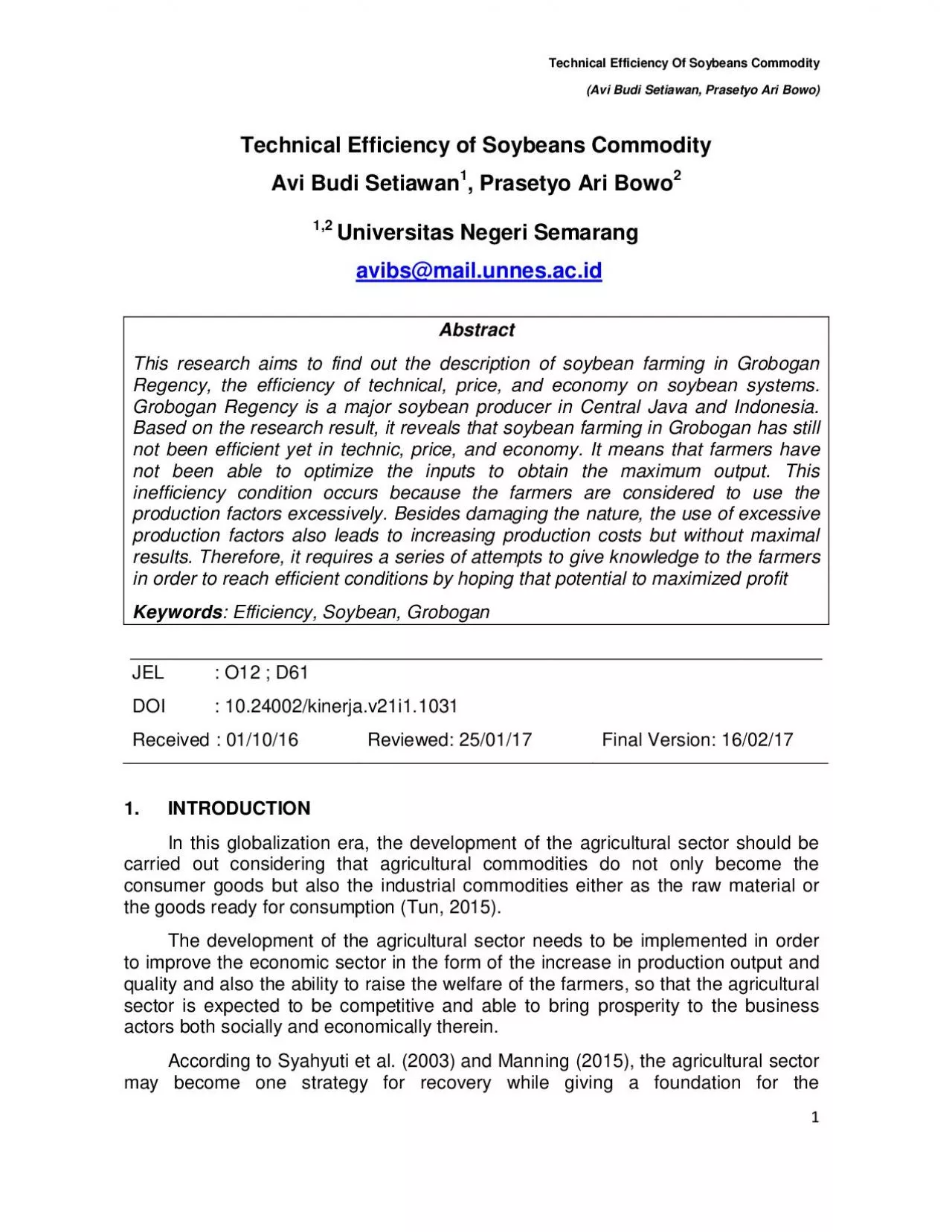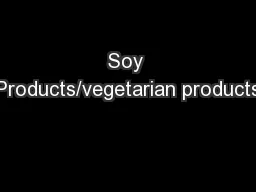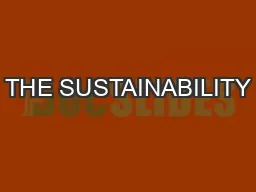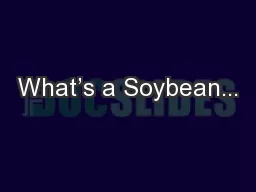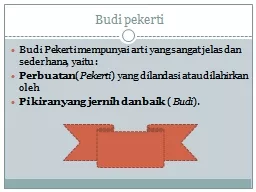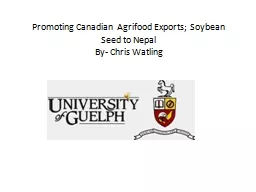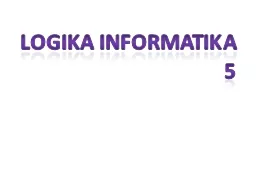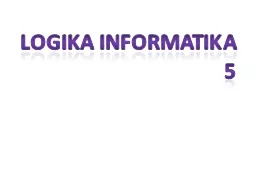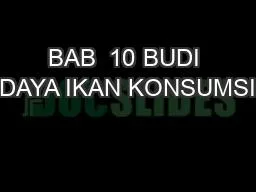PDF-Technical Efficiency Of Soybeans Commodity Avi Budi Setiawan Prasety
Author : rose | Published Date : 2021-08-26
avibsmailunnesacidAbstract This research aims to find out the description of soybean farming in Grobogan Regency the efficiency of technical price and economy on
Presentation Embed Code
Download Presentation
Download Presentation The PPT/PDF document "Technical Efficiency Of Soybeans Commodi..." is the property of its rightful owner. Permission is granted to download and print the materials on this website for personal, non-commercial use only, and to display it on your personal computer provided you do not modify the materials and that you retain all copyright notices contained in the materials. By downloading content from our website, you accept the terms of this agreement.
Technical Efficiency Of Soybeans Commodity Avi Budi Setiawan Prasety: Transcript
Download Rules Of Document
"Technical Efficiency Of Soybeans Commodity Avi Budi Setiawan Prasety"The content belongs to its owner. You may download and print it for personal use, without modification, and keep all copyright notices. By downloading, you agree to these terms.
Related Documents

